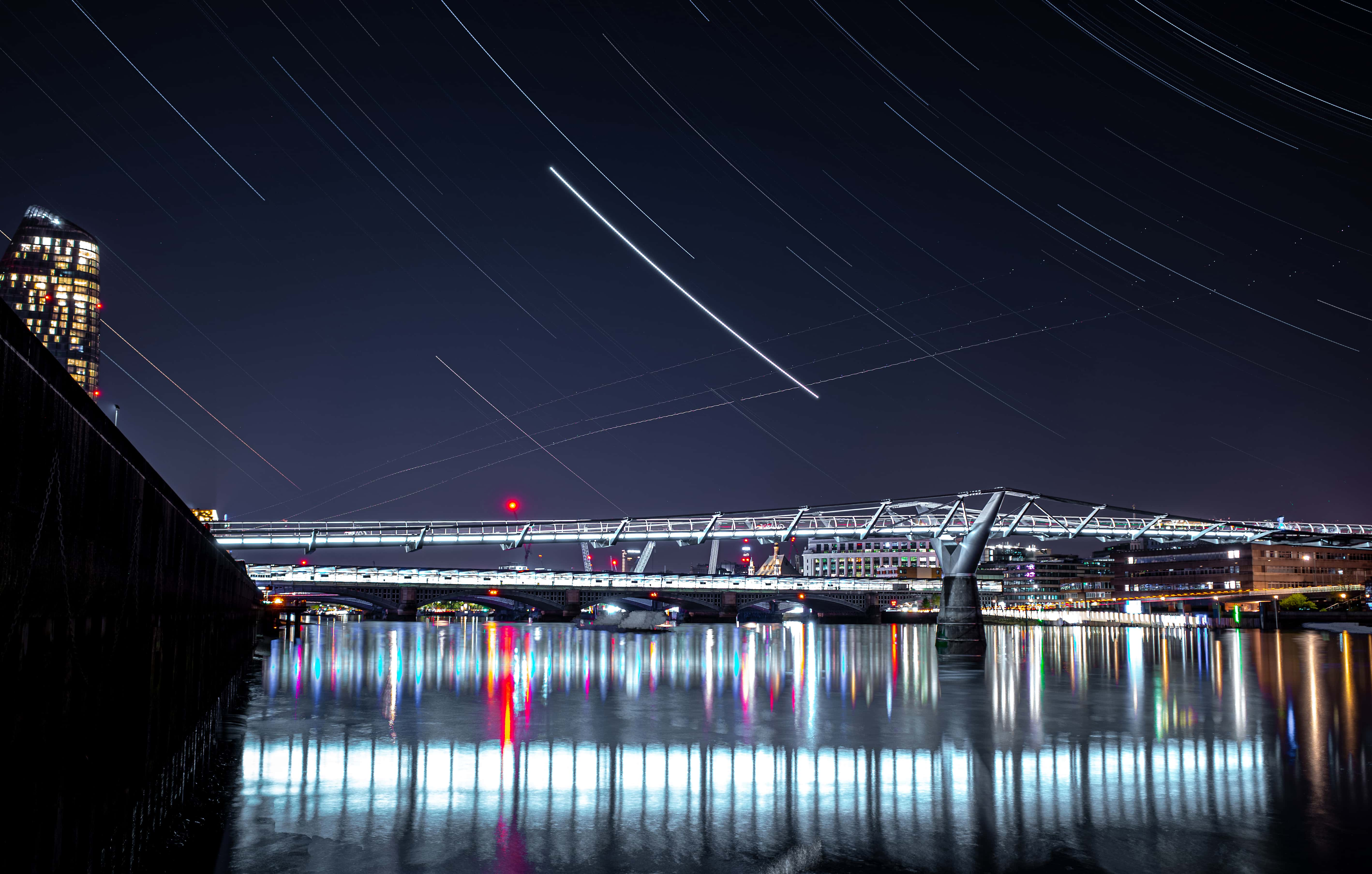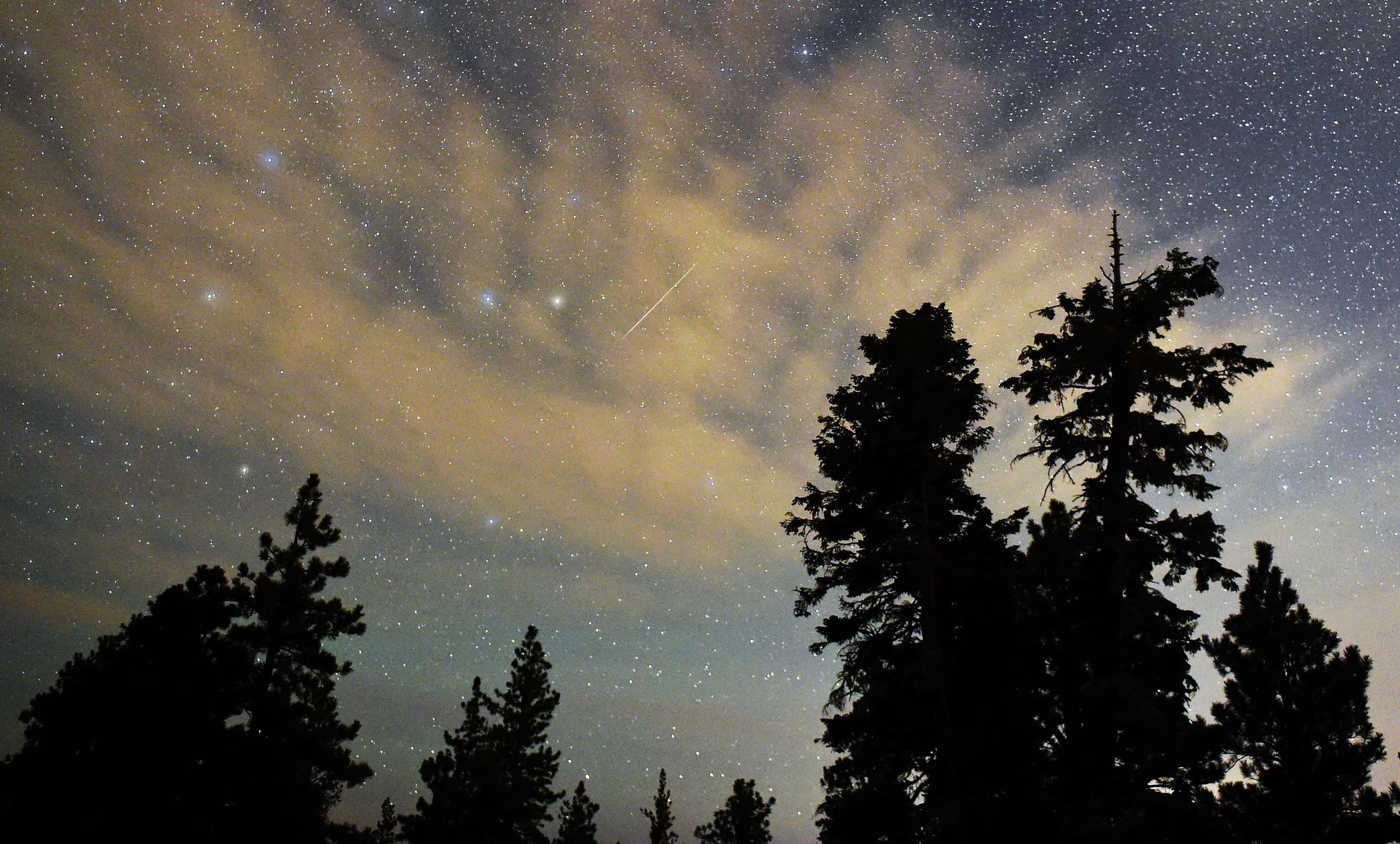2021 Lyrid Meteor Shower: When will it peak and how to live-stream the celestial phenomenon on Earth Day

What better way to celebrate Earth Day on April 22 than to watch the annual Lyrid Meteor Show. Since January there haven't been any meteor showers, so if you're missing out on watching those little specks of fireballs zooming across the sky, then you're in luck, as the Lyrid meteor showers will be active from April 14 to 30. However, they are expected to be at their peak from Wednesday night (April 21) into Thursday morning (April 22). Read on to know all about the Lyrid meteor shower and how you can live stream this incredible phenomenon.
RELATED ARTICLES
Lyrids meteor shower: How, when and where to watch the amazing phenomenon this month
What is the Quadrantid meteor shower? Here's how you can view the celestial light show

What is Lyrid Meteor Shower?
As the Earth continues to revolve around the Sun, it passed through cosmic debris, which results in meteor showers. These meteor showers brighten up our night skies from dusk to dawn with beautiful lights. People across the world of all ages enjoy watching this nature's wonder. Luckily this year the Lyrid Meteor Shower is expected to peak on the day of Earth Day celebrations.
A Lyrid meteor shower occurs when the Earth passes through a debris stream in the orbit of the comet, Thatcher. It takes about 415 years to orbit around the Sun and the meteors cut through the comet's debris, creating its fireballs. The comet is expected to be visible from Earth only in 2276. Lyrids are known for their fast and bright meteors. It often surprises avid skywatchers with as many as 100 meteors per hour. According to NASA, about 10-20 Lyrid meteors can be seen on an average per hour during the peak times. Lyrid leaves a flowing dust trail behind it as it streaks through the Earth's atmosphere, these trails are observable for several seconds. The radiant, or point that the shooting stars appear to emanate from, is in the constellation Lyra, the harp.

History of Lyrid Meteor Shower
The Lyrid meteor shower is named after the constellation 'Lyra' and is historically the oldest recorded. The Lyrids have been observed for 2,700 years with the first recorded sighting going back to 687 BC by the Chinese. The Zuo Zhan chronicles recorded the following: "On the 4th month in the summer in the year of xīn-mǎo (of year 7 of King Zhuang of Lu), at night, (the sky is so bright that some) fixed stars become invisible (because of the meteor shower); at midnight, stars fell like rain."
How to live-stream?
You don't need any telescopes or binoculars to enjoy a meteor shower, as they could in fact limit your field of view. So, just your eyes will do the job. In case you wish to watch it live, then you might want to grab a sleeping bag and a comfortable pillow and lay down on your back at least 30 minutes prior to the meteor shower so that your eyes can adapt to the reduced light condition. Although Lyrid showers are pretty easy to spot, one must be warned that the moonlight and the weather can obscure you from enjoying this celestial phenomenon.
But that doesn't mean you'll have to miss out on enjoying the meteor shower, as NASA and Slooh live stream the meteor shower. You can access these live streams here and here. So what are you waiting for, go enjoy the beautiful celestial lights dancing in the skies.










